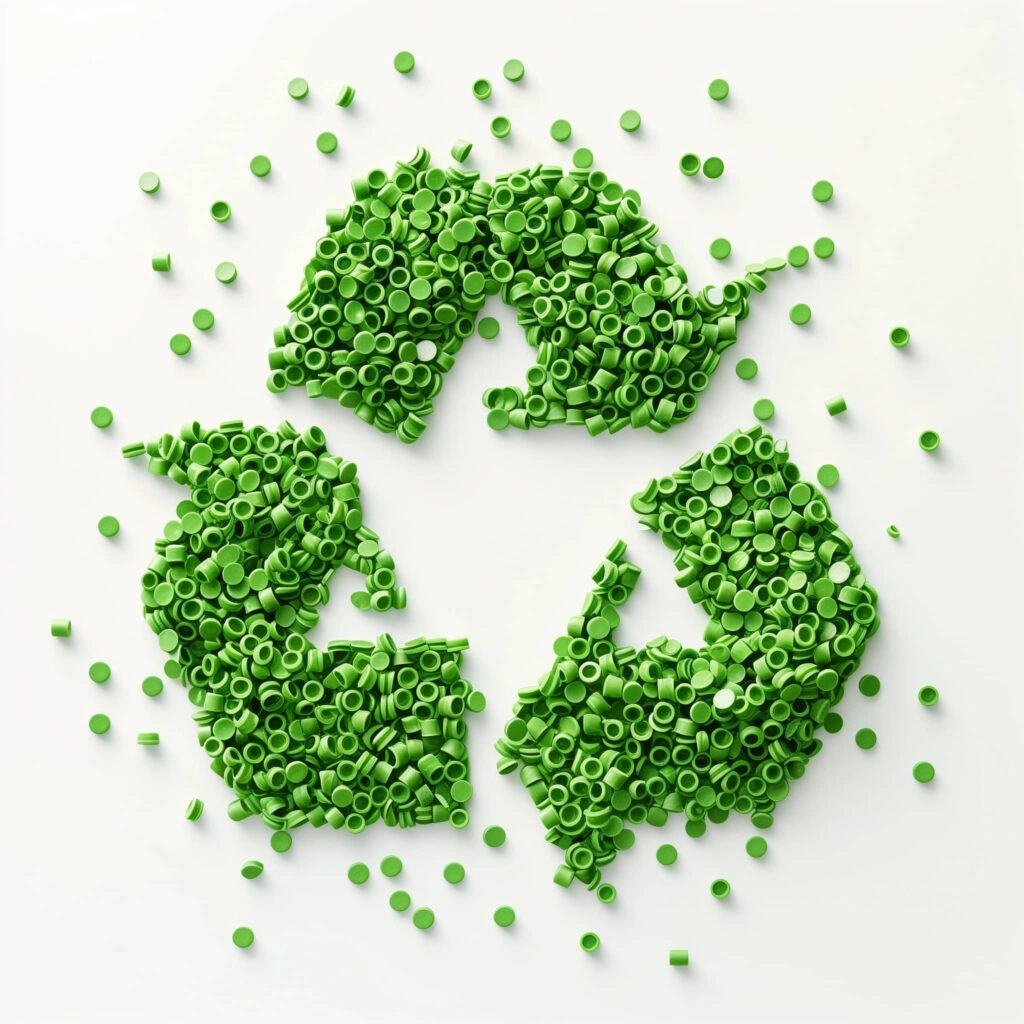
Recycle plastic endlessly: new advanced recycling technologies
The future can say goodbye to "virgin" oil-based plastic, with advanced recycling technologies. A possible turning point, but you have to want it.

The future can say goodbye to "virgin" oil-based plastic, with advanced recycling technologies. A possible turning point, but you have to want it.
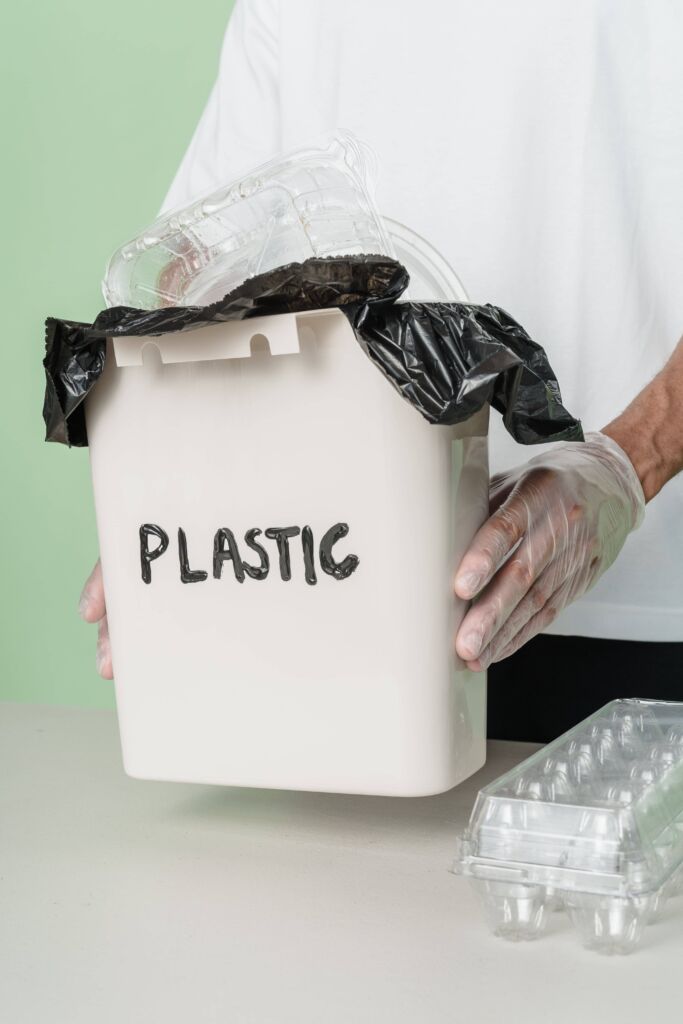
Separate waste collection in the old continent follows completely singular dynamics. Let's take a look at the process together?

RPI research proposes a sustainable solution to the problem of plastic waste, converting it into biodegradable silk through fermentation
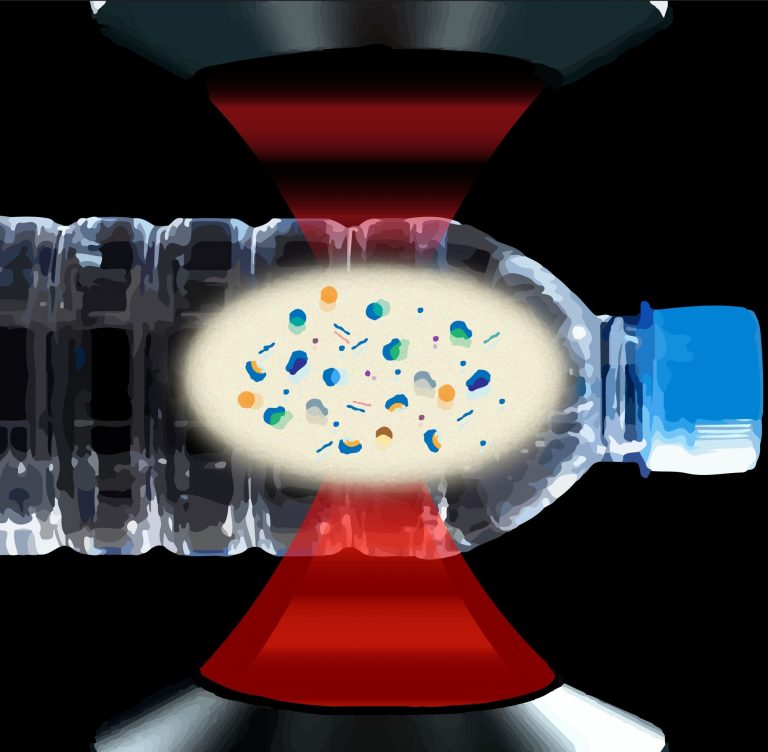
Study reveals the presence of up to 370.000 nanoplastic particles per liter in bottled water, an amount well above previous estimates
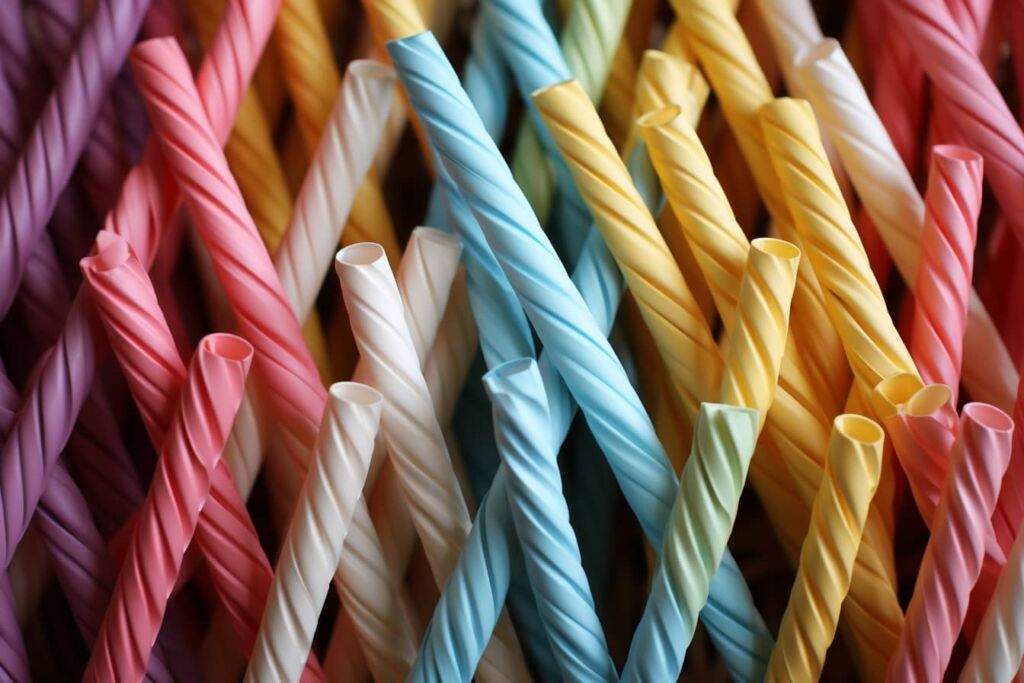
A European study reveals that 90% of paper straws contain PFAS, persistent and potentially harmful chemicals.
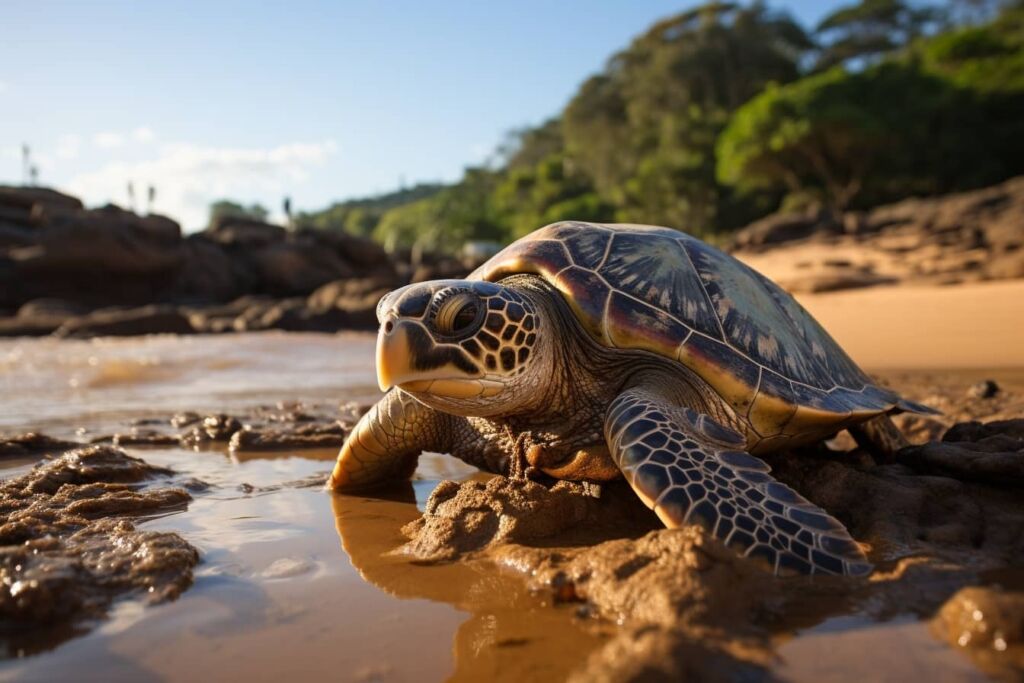
Human pollution is changing the earth's geology: in Trinidade, an island in Brazil, the latest threat to fauna is plastic rocks
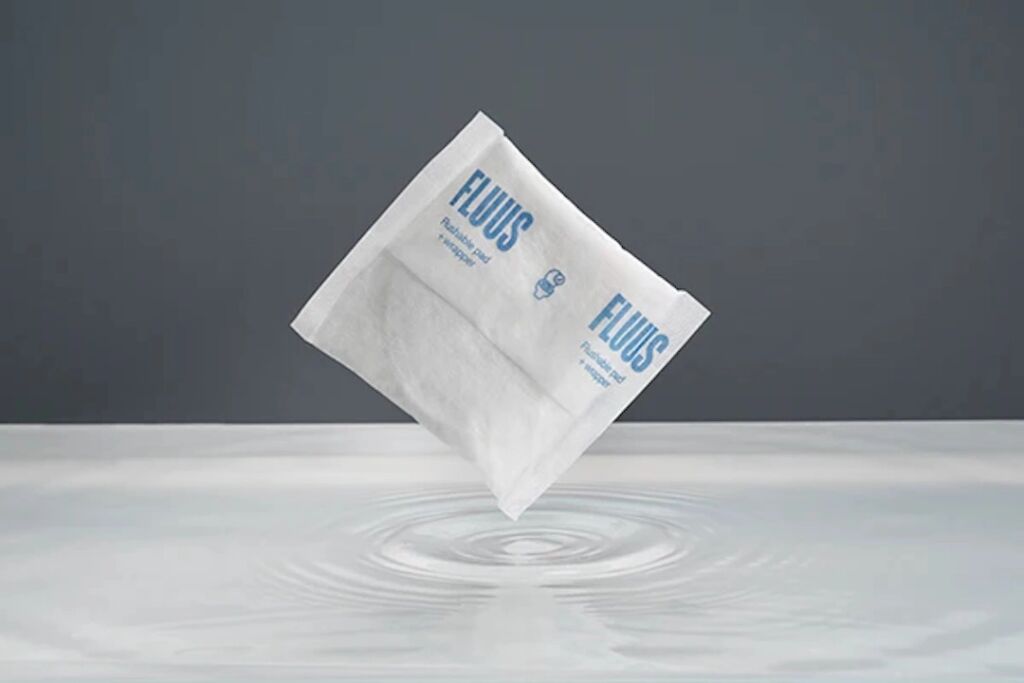
Fluus launches the first biodegradable sanitary towel to reduce the environmental impact: because it doesn't make sense to keep an object that only serves a few hours for life.
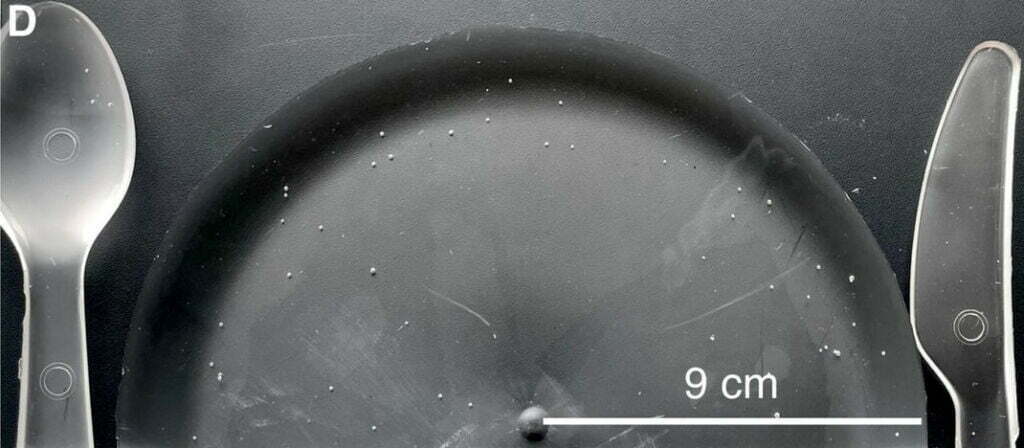
Scientists develop a fully recyclable material similar to super glue to fight plastic pollution
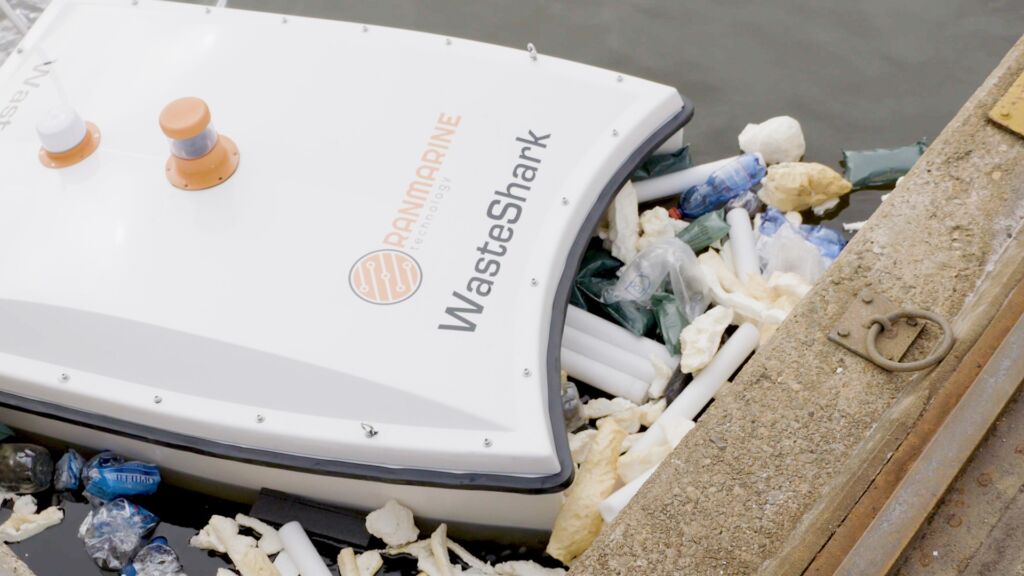
The innovative WasteShark robot "sweeper" is also being tested in London to remove plastic and debris from the Thames.
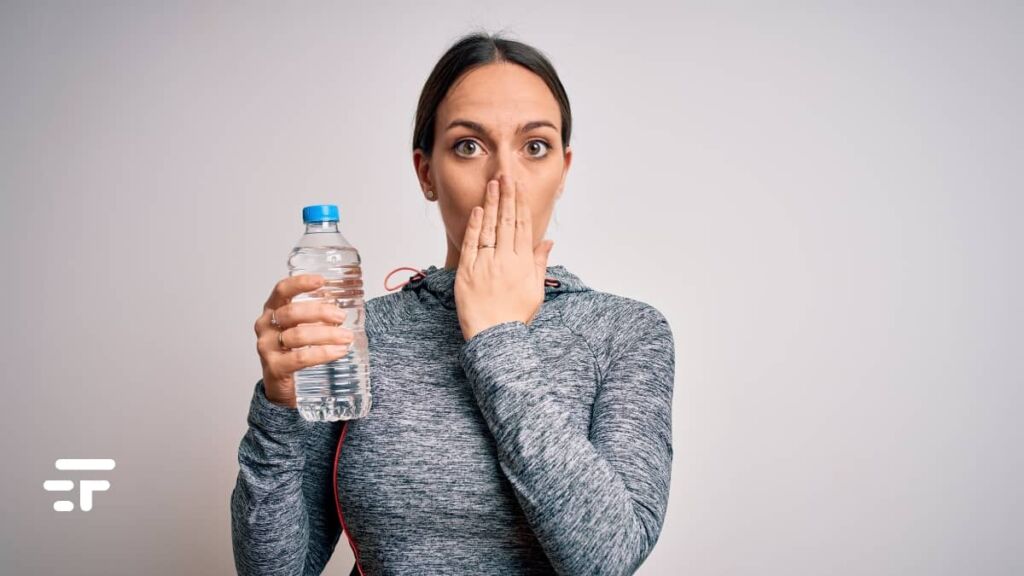
No final proof, but many scientific "indications": on water in PET bottles we need to run for cover, and quickly.
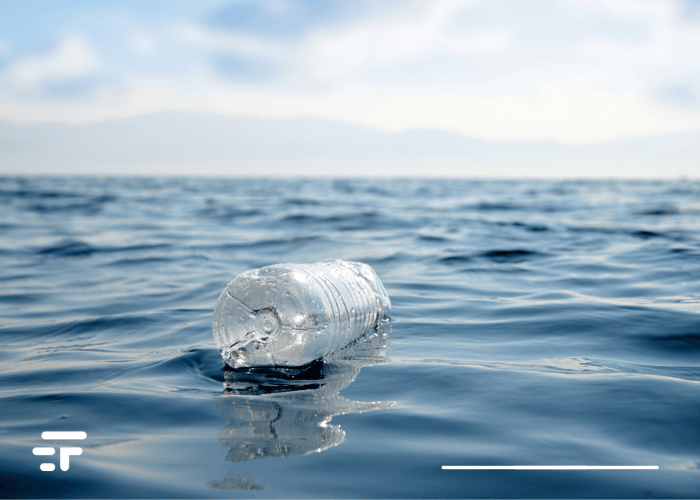
UV light and aluminum chloride as a catalyst can break down polystyrene into a chemical used in perfumes and medicines.
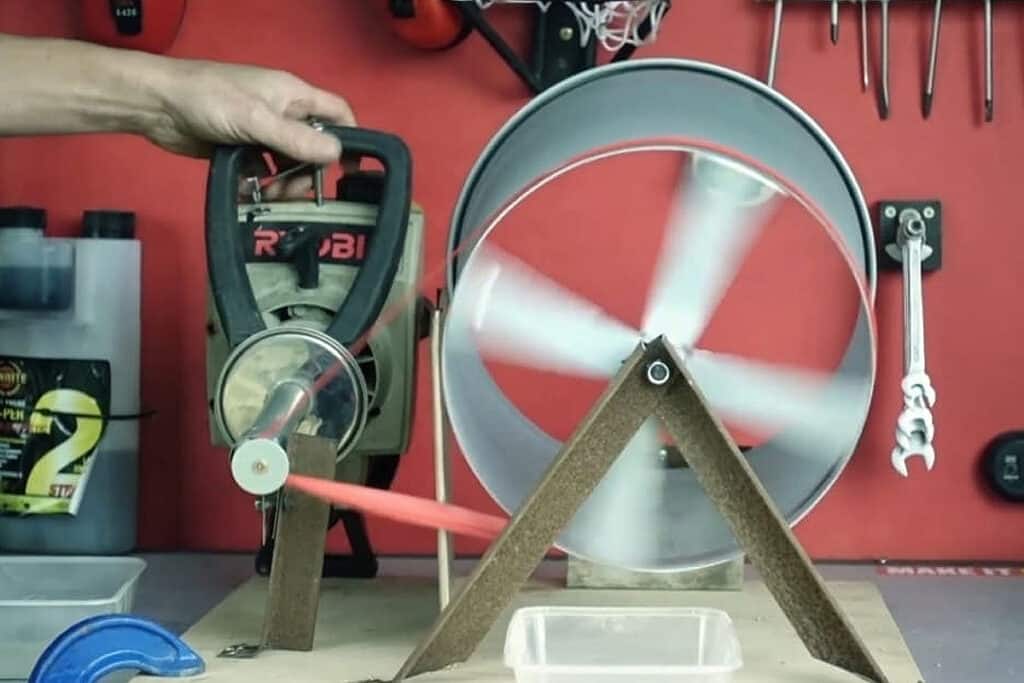
Against a plastic nightmare, only the light of human ingenuity can try to reverse the course. Here are 4 inventions that can clean seas and rivers of all this waste.
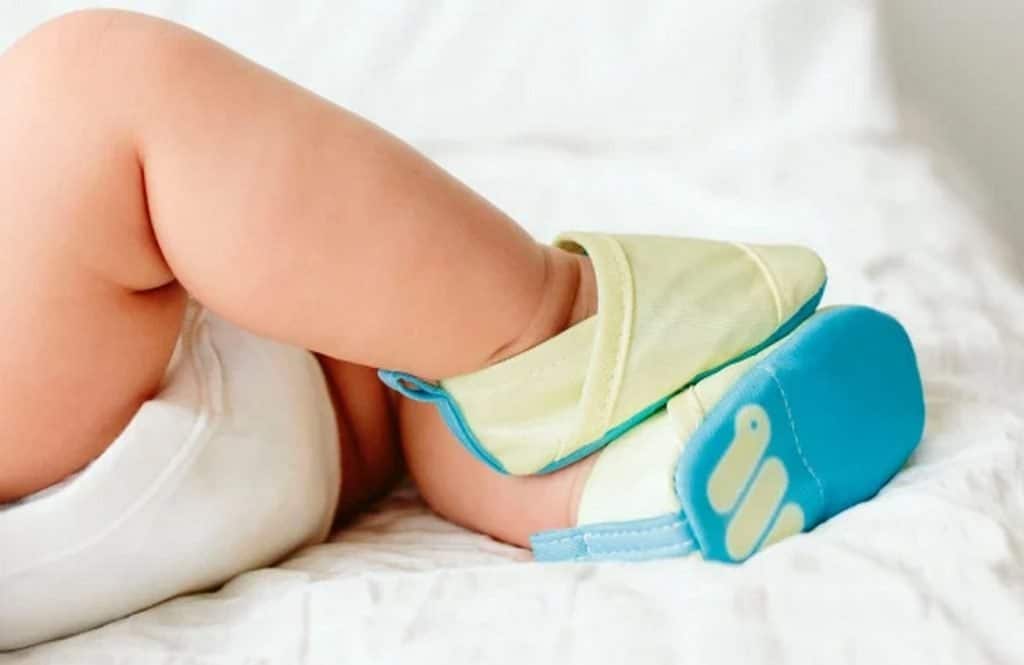
You use them, then the child grows up and they end up in landfills polluting: children's shoes deserve better ideas. This might be right.
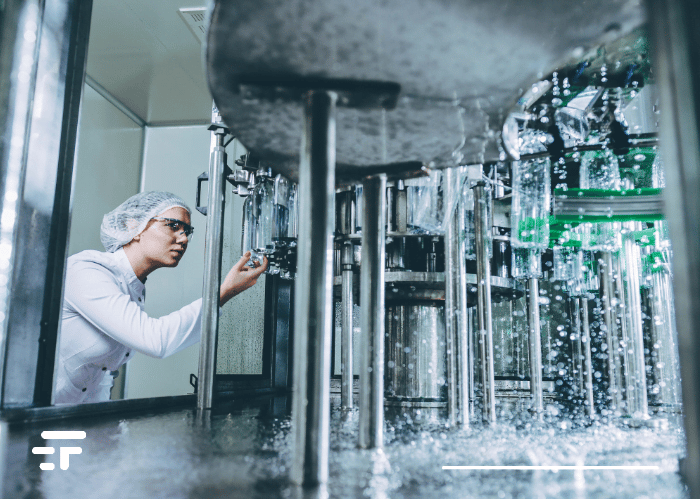
Among many good intentions (we appreciate, but await facts), the OSCE draws up a disturbing document. In less than 40 years, plastic production will triple.
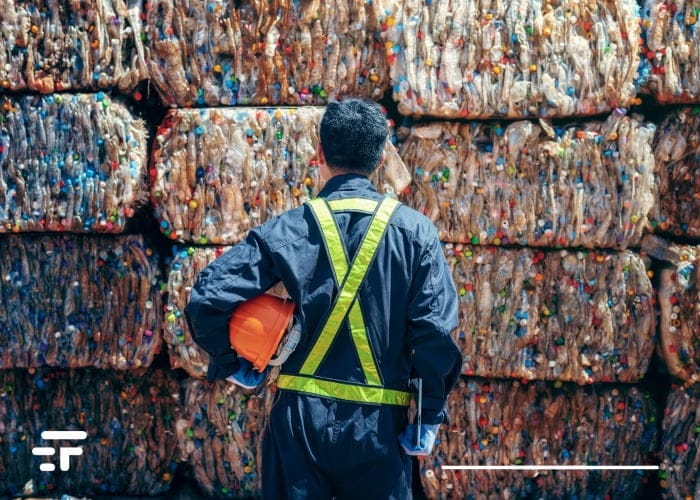
Plastic recycling in the US (Europe is better off, but that's not enough) doesn't work, and it will never work. We need more, says a strong report.
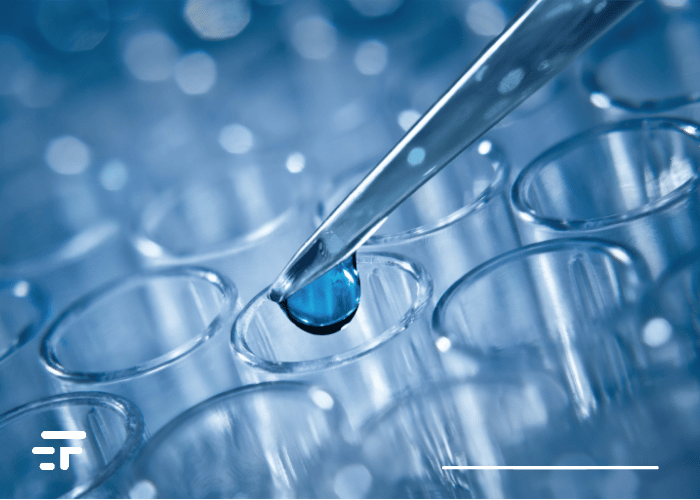
An extraordinary enzyme reduces the breakdown time of plastic from millennia to a few hours, and also allows it to be reassembled for recycling.
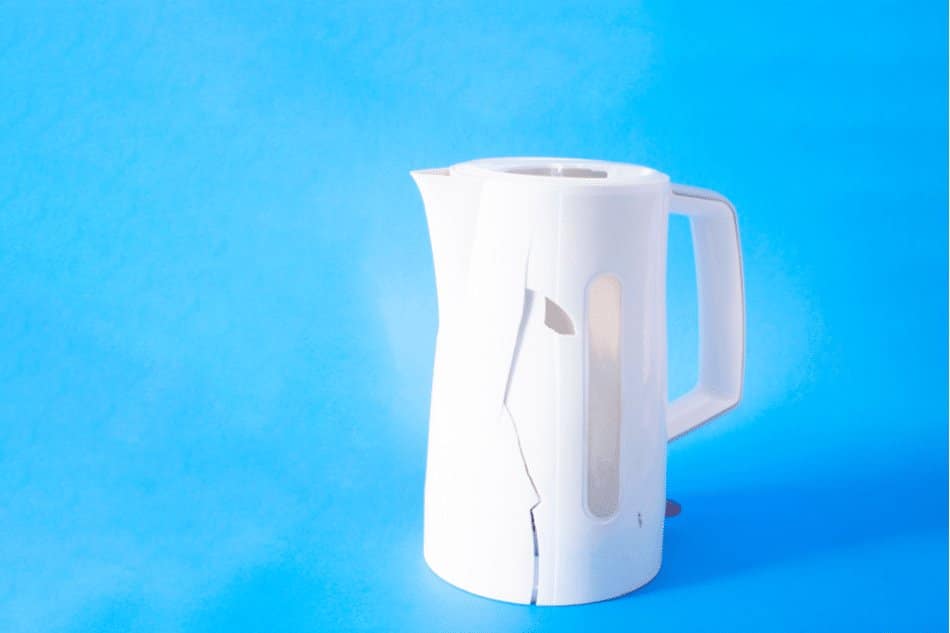
Self-healing plastic can be used in smartphones, cars and many other products, significantly reducing waste and pollution.
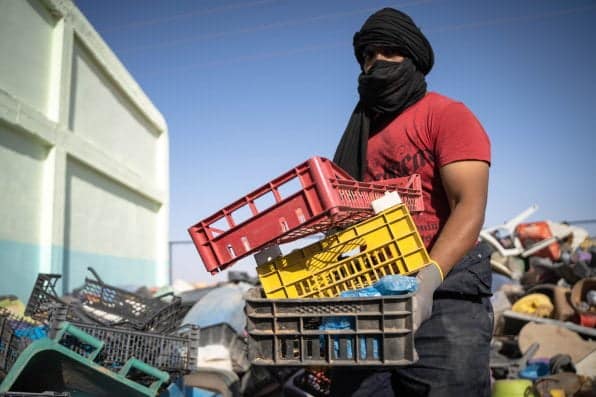
A recycling center in the Sahara Desert is transforming excess plastic into furniture and objects useful for common life

The resolution just approved lays the foundations for the most important law in history against plastic pollution.

A gigantic step to seriously start the long journey towards recycling and using 100% of plastic waste.
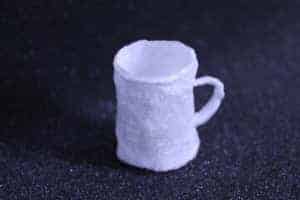
A DNA-based plastic can be recycled virtually indefinitely, is light and easy to manufacture.